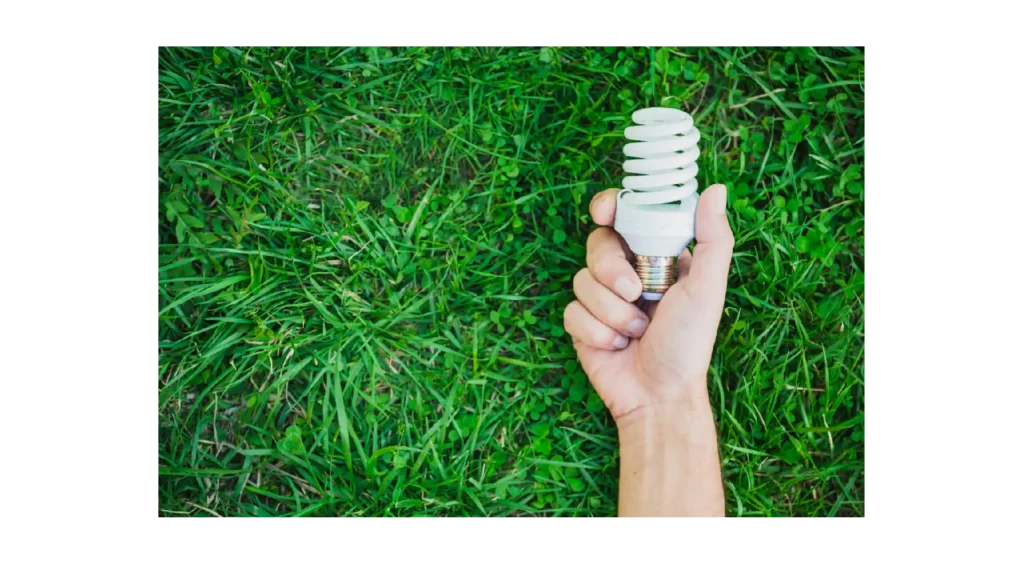In the quest for energy-efficient lighting solutions, one often comes across the question: “Are fluorescent light bulbs energy efficient?”
This guide aims to provide a thorough analysis of fluorescent light bulbs, their energy efficiency, and their place in the modern lighting landscape.
With a focus on energy efficiency, we will explore the inner workings of fluorescent bulbs, compare them to traditional incandescent bulbs, and even delve into the world of LED lighting to understand the larger context.
How Do Fluorescent Light Bulbs Work?
Fluorescent light bulbs, often simply called “fluorescents,” are known for their energy efficiency. Understanding how are fluorescent light bulbs energy efficient begins with comprehending their unique working principle.
Fluorescent bulbs operate using a different principle compared to traditional incandescent bulbs. Inside a fluorescent tube, there is a mixture of argon gas and a small amount of mercury vapor.
When an electrical current passes through the gas, it emits ultraviolet (UV) light, which interacts with the phosphor coating on the inside of the bulb, producing visible light.
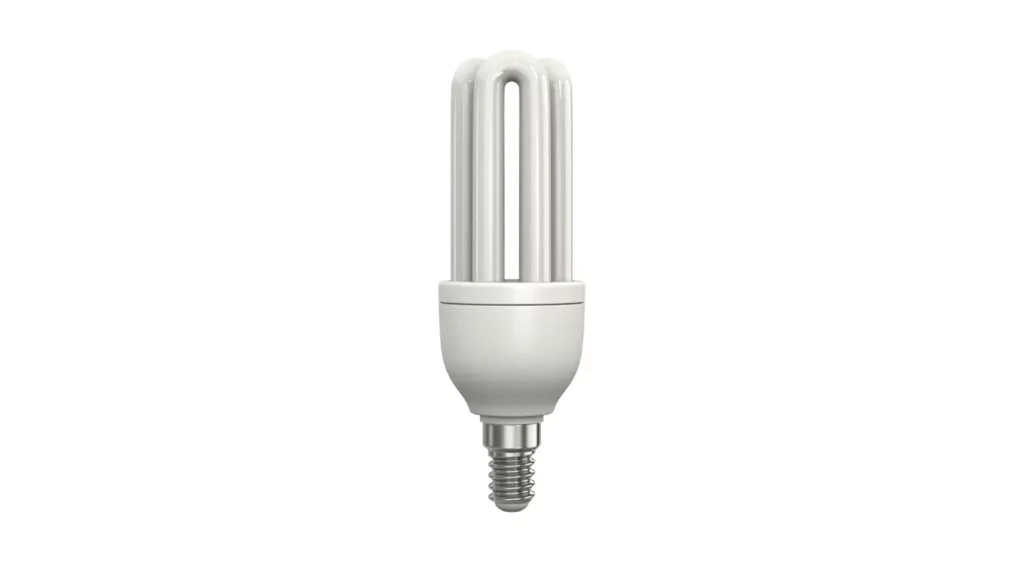
Energy Efficiency of Fluorescent Light Bulbs
Now, let's delve deeper into the energy efficiency of fluorescent light bulbs and answer the question, “Are fluorescent light bulbs energy efficient?”
Comparing Fluorescent Bulbs to Incandescent Bulbs
- Lumens per Watt: One of the primary metrics for assessing energy efficiency is lumens per watt. Fluorescent bulbs excel in this regard, as they can produce more light (measured in lumens) per unit of electrical power (measured in watts) compared to incandescent bulbs.
- Heat Emission: Incandescent bulbs are notorious for their inefficiency in converting electricity into light. A significant portion of the energy they consume is wasted as heat. In contrast, fluorescent bulbs are considerably more energy-efficient and produce significantly less heat.
- Lifespan: Energy efficiency is not just about how much light you get for your energy input but also about how long the bulb lasts. Fluorescent bulbs have a substantially longer lifespan than incandescent bulbs, which means fewer replacements and reduced environmental impact.
- Energy Savings: When transitioning from incandescent to fluorescent bulbs, households and businesses can witness substantial energy savings in the long run, leading to lower electricity bills.
Are Fluorescent Bulbs More Energy Efficient than LED Bulbs?
In the quest to understand “are fluorescent light bulbs energy efficient,” it's crucial to compare them to different types of light bulbs.
- Lumens per Watt: While fluorescent bulbs are certainly more energy-efficient than incandescent bulbs, they face tough competition from LED bulbs. LEDs can produce even more lumens per watt, making them the preferred choice for those seeking maximum energy efficiency.
- Instant Light: LED bulbs have an advantage in terms of instant light output. When switched on, they provide full brightness immediately, whereas fluorescent bulbs may require a brief warm-up period.
- Mercury Content: It's essential to consider the environmental impact when evaluating energy efficiency. Some fluorescent bulbs contain small amounts of mercury, which can be hazardous if the bulb breaks. LED bulbs, in contrast, do not contain hazardous materials.
- Directional Lighting: LED bulbs can emit light directionally, which reduces wasted light and further enhances their energy efficiency in specific applications.
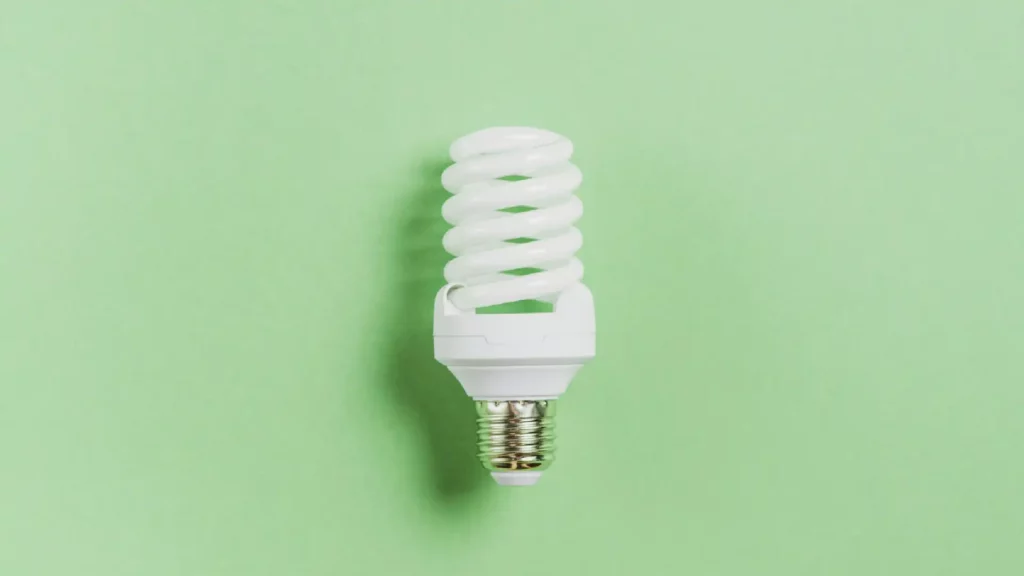
Fluorescent Light Bulbs Environmental Impact
Energy efficiency isn't just about saving on electricity bills; it also involves minimizing environmental impact. Let's delve into the environmental considerations associated with fluorescent bulbs.
Recycling
Due to the presence of mercury, fluorescent bulbs require proper recycling. Numerous recycling programs exist to ensure that these bulbs are disposed of safely, reducing the environmental hazards associated with mercury contamination.
Carbon Footprint
Energy efficient light bulbs, including fluorescent bulbs, contribute to a reduced carbon footprint. By using less electricity to produce the same amount of light, they help mitigate greenhouse gas emissions and promote a more sustainable future.
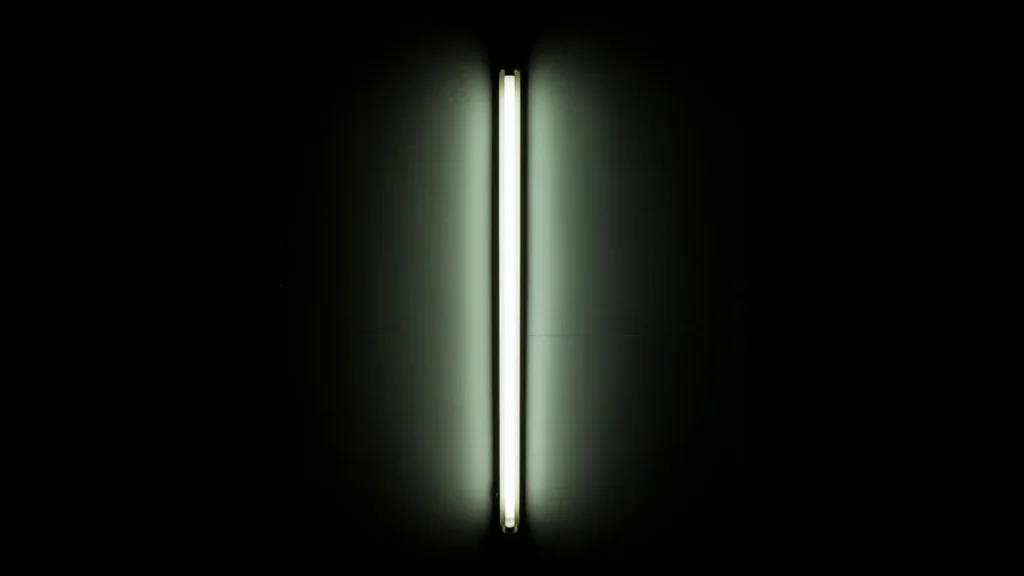
Factors Impacting the Energy Efficiency of Fluorescent Lights
Are fluorescent lights energy efficient? Let's delve into this question by examining the key factors that can influence the energy efficiency of fluorescent lighting.
- Type of Light Bulb – Affecting Energy Efficiency: The type of fluorescent bulb plays a significant role in determining how energy-efficient it is. When considering, “Are fluorescent lights energy efficient?” one must keep in mind that different types of light bulbs have varying levels of efficiency.
- Ballast Technology – A Key Factor in Energy Efficiency: Another critical factor impacting the energy efficiency of fluorescent lights is the type of ballast used in the fixtures.
- Color Temperature – Balancing Efficiency with Lighting Needs: Color temperature is an aspect that influences the energy efficiency of fluorescent bulbs.
- Usage Patterns – Optimizing Efficiency: How you use fluorescent lights can impact their energy efficiency. Frequent on-off cycles may reduce their lifespan and overall efficiency.
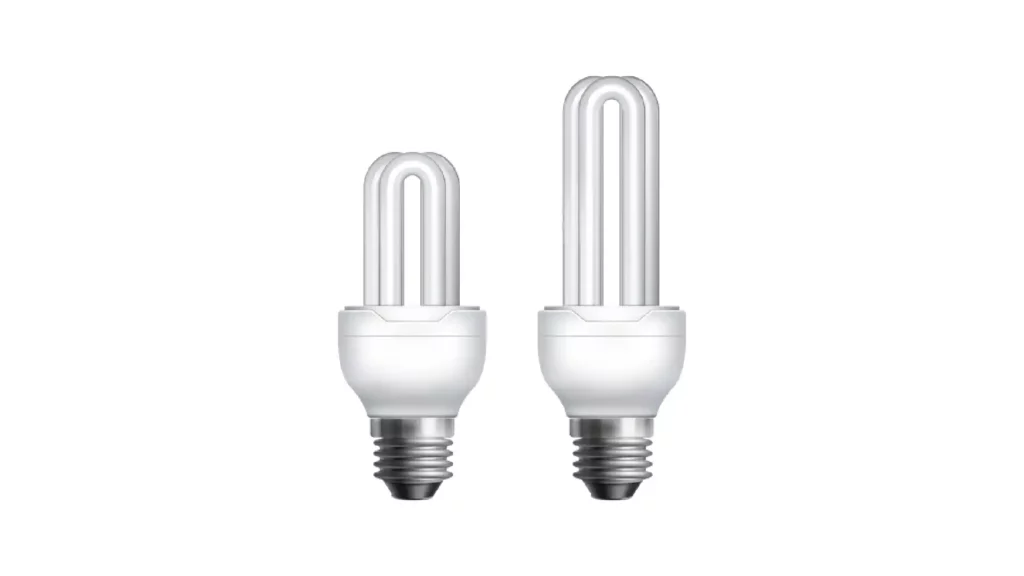
Evaluating the Energy Efficiency of T5 Lights
When it comes to energy-efficient lighting solutions, many individuals inquire about T5 lights and their potential benefits. So, are T5 lights energy efficient? Let's delve into the specifics to gain an understanding of their efficiency in various scenarios.
T5 lights are often recognized for their impressive energy efficiency. The question, “Are T5 lights energy efficient?” can be answered with a resounding yes.
T5 lights are highly efficient due to their small size, measuring 5/8 inch. They produce bright light using minimal power, making them a popular choice for energy-conscious individuals seeking ample illumination.
Efficiency of a Fluorescent Light Bulb
When it comes to assessing the efficiency of a fluorescent light bulb, it's essential to delve deeper into the various factors that contribute to its reputation as an energy-efficient lighting option.
Let's explore the efficiency of fluorescent light bulb in detail, highlighting the key attributes that make it a preferred choice for many.
- Efficiency in Lumens per Watt: The efficiency of fluorescent light bulb is often quantified in terms of lumens per watt. This metric indicates how much light a bulb can produce for each unit of electrical power it consumes.
- Longevity and Efficiency: Another crucial aspect of the efficiency of a fluorescent light bulb is its extended lifespan. These bulbs have a considerably longer life expectancy than incandescent bulbs.
- Reduced Heat Emission: One of the defining features of fluorescent bulbs is their ability to emit less heat while producing light. Unlike incandescent bulbs, which generate a significant amount of heat as a byproduct of their operation, fluorescent bulbs waste minimal energy in the form of heat.
- Energy Savings in Real-world Usage: The efficiency of a fluorescent light bulb becomes even more apparent when we consider its real-world applications. Businesses and homeowners alike can experience substantial energy savings by switching from incandescent to fluorescent lighting.
- Environmental Considerations: Efficiency extends beyond mere energy savings; it also encompasses environmental impact. Fluorescent bulbs, while efficient, contain a small amount of mercury, which raises environmental concerns.
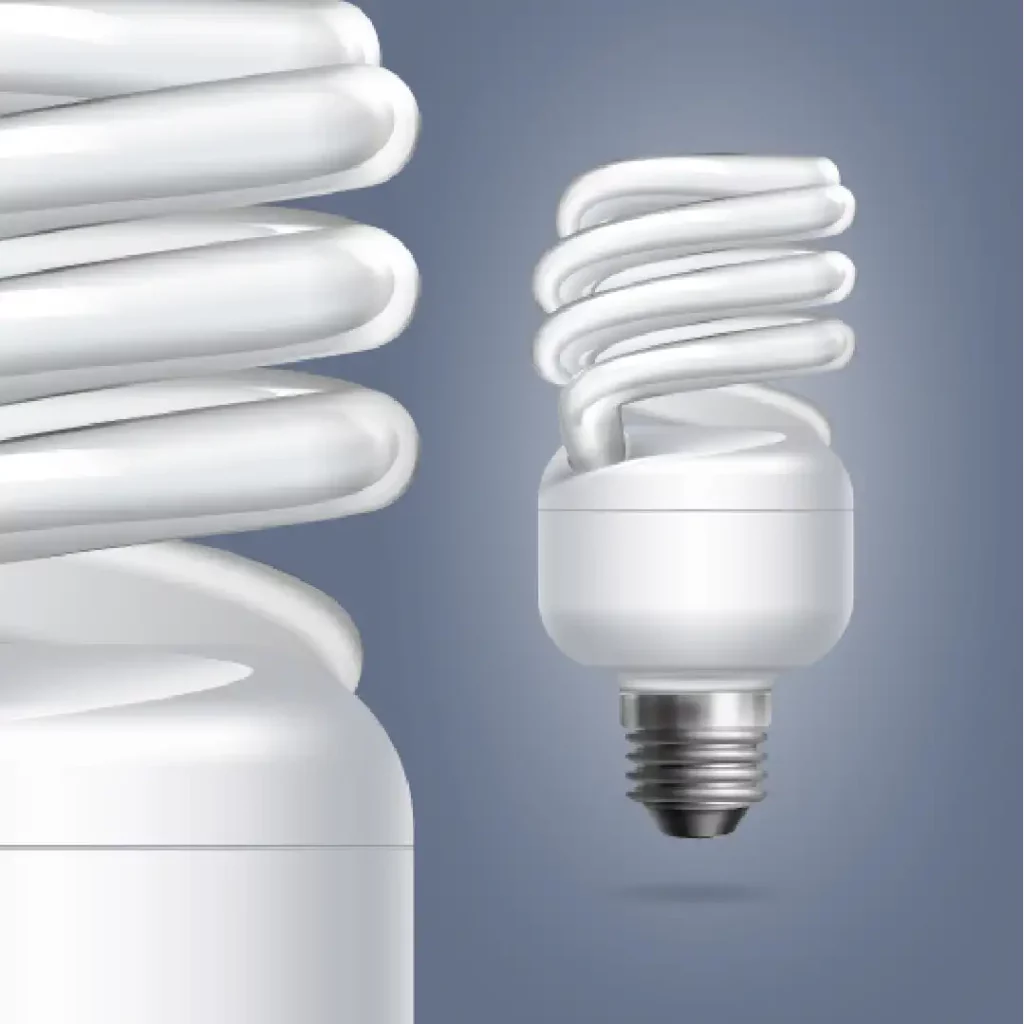
The Advantages of Energy Efficient Fluorescent Light Bulbs
When it comes to making environmentally conscious choices in lighting, energy efficient fluorescent light bulbs are a popular and practical option.
Energy Efficient Fluorescent Light Bulbs: A Bright Idea
Energy efficient fluorescent light bulbs, often referred to as compact fluorescent lamps (CFLs) or T8 fluorescent tubes, are designed to provide ample illumination while minimizing energy consumption.
- Reduced Energy Consumption: Energy efficient fluorescent light bulbs are engineered to produce more light for the same amount of electricity consumed.
- Longer Lifespan: These bulbs not only use less energy but also last considerably longer. By choosing energy efficient fluorescent lights bulbs, you can enjoy extended periods without the hassle and cost of frequent replacements.
- Lower Environmental Impact: Opting for energy efficient fluorescent lights bulbs contributes to a reduced carbon footprint.
Energy Efficient Fluorescent Light Bulbs: A Closer Look
Let's delve deeper into the features that make energy efficient fluorescent light bulbs a preferred choice among environmentally conscious consumers:
- Lumens per Watt: energy efficient fluorescent lights bulbs are designed to provide a high number of lumens (the measure of brightness) per watt of energy consumed.
- Versatility: Energy efficient fluorescent lights bulbs come in various shapes, sizes, and color temperatures, making them suitable for a wide range of applications.
- Dimmability: Some energy efficient fluorescent lights bulbs are dimmable, allowing you to adjust the light output to match your preferences and requirements. This flexibility not only enhances energy efficiency but also provides a customizable lighting experience.
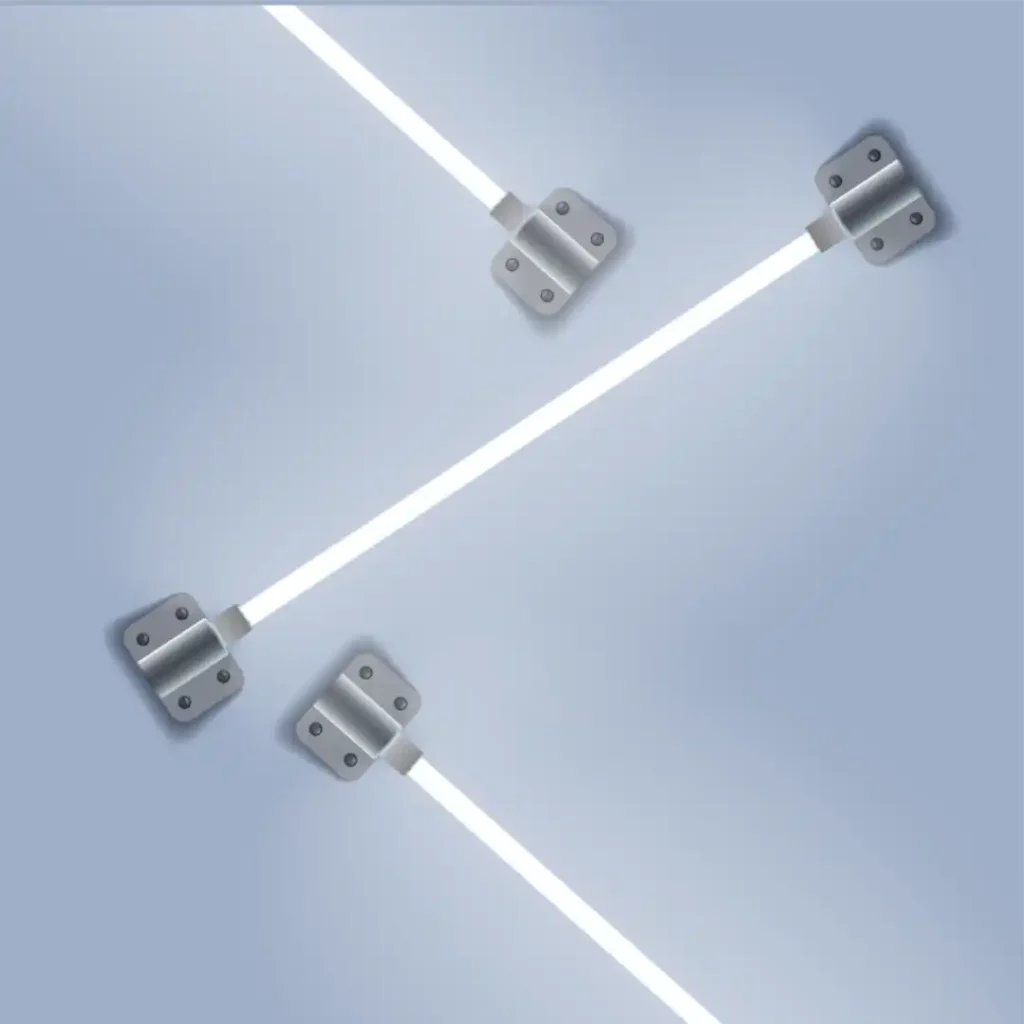
Energy Efficient Fluorescent Light Fixtures: Illuminating the Future
When it comes to optimizing energy efficiency in lighting, the role of energy efficient fluorescent light fixtures cannot be overstated.
Applications of Energy Efficient Fluorescent Light Fixtures
Energy efficient fluorescent light fixtures find applications across various sectors, contributing to energy conservation and cost savings in numerous settings:
- Commercial Spaces: Offices, retail stores, and warehouses benefits of energy-efficient fixtures by reducing energy consumption while maintaining well-lit environments.
- Industrial Facilities: Manufacturing plants and factories utilize these fixtures to ensure energy-efficient illumination of large workspaces and assembly lines.
- Residential Use: Homeowners seeking energy savings and better lighting quality in kitchens, garages, and utility areas often install energy-efficient fluorescent fixtures.
- Educational Institutions: Schools, colleges, and universities opt for these fixtures to create well-lit classrooms and lecture halls while minimizing energy expenses.
- Healthcare Facilities: Hospitals and clinics employ energy-efficient fluorescent fixtures to provide bright, uniform lighting in patient rooms, hallways, and surgical suites.
- Public Spaces: Municipal buildings, libraries, and community centers rely on these fixtures to reduce energy costs and maintain a welcoming environment for the public.
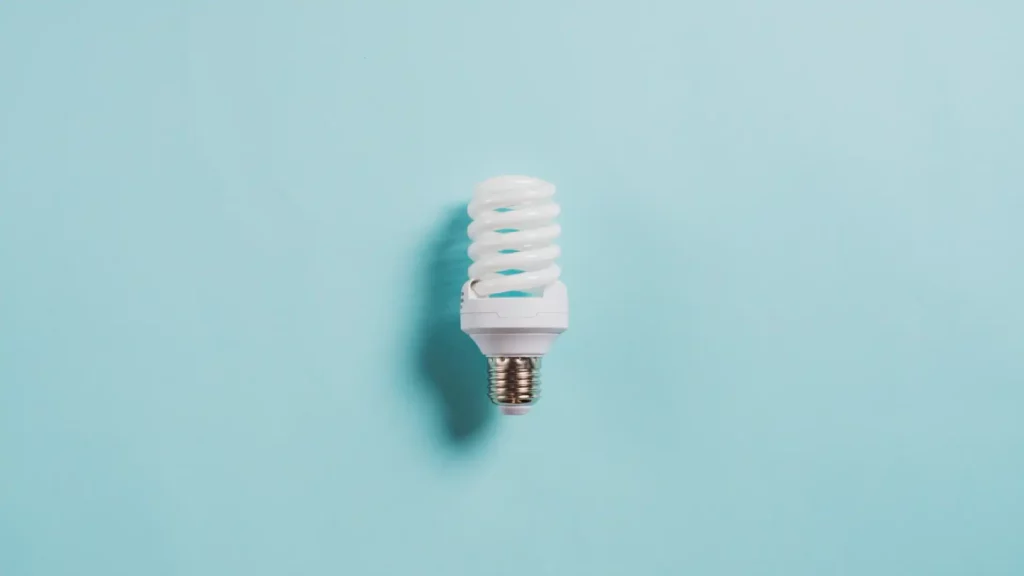
FAQs About Fluorescent Lights and Energy Efficiency
Q1: Are fluorescent lights efficient?
Yes, fluorescent lights are indeed efficient when it comes to converting electrical energy into visible light. They are designed to produce more lumens per watt compared to traditional incandescent bulbs, making them an energy-efficient lighting choice.
Q2: Are fluorescent lights more energy efficient?
Compared to incandescent bulbs, fluorescent lights are significantly more energy-efficient. They produce less heat, have a longer lifespan, and offer substantial energy savings over time, making them a preferred choice for those looking to reduce their electricity consumption.
Q3: Are fluorescent tube lights energy efficient?
Yes, fluorescent tube lights are a type of fluorescent lighting that is highly energy-efficient. They are commonly used in commercial and industrial settings due to their ability to provide ample illumination while minimizing energy consumption.
Q4: Are fluro lights energy efficient?
Fluro lights, which are commonly used colloquially to refer to fluorescent lights, are indeed energy-efficient. They offer superior lumens per watt compared to incandescent bulbs, resulting in reduced energy usage and lower electricity bills.
Q5: Are tube lights energy efficient?
Tube lights, particularly fluorescent tube lights, are recognized for their energy efficiency. They are designed to provide efficient and bright lighting, making them an ideal choice for various applications.
Q6: Which light bulb is more efficient fluorescent or incandescent?
Fluorescent light bulbs are significantly more efficient than incandescent bulbs. They outshine incandescents in terms of lumens per watt, emit less heat, have a longer lifespan, and ultimately lead to substantial energy savings over the long run. Therefore, if energy efficiency is a priority, fluorescent bulbs are the better choice.
Are Fluorescent Light Bulbs Energy Efficient Conclusion
In conclusion, when you ask, “Are fluorescent light bulbs energy efficient?” the answer is a resounding yes. They are a highly energy-efficient lighting option, particularly when compared to traditional incandescent bulbs.
While fluorescent bulbs remain a viable and efficient lighting option, the undeniable advantages of LED technology, such as superior lumens per watt, instant light output, and reduced environmental impact, have made LED bulbs the preferred choice for those prioritizing energy efficiency.
So, to summarize, “Are fluorescent light bulbs energy efficient?” Absolutely, but it's worth considering LED bulbs as an even more energy-efficient alternative, depending on your specific lighting needs and priorities regarding energy efficiency, cost savings, and environmental concerns.

